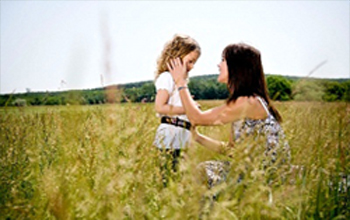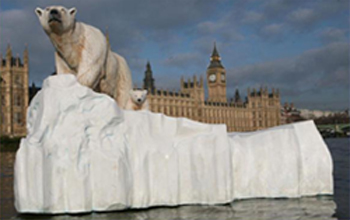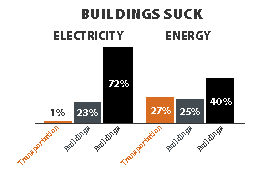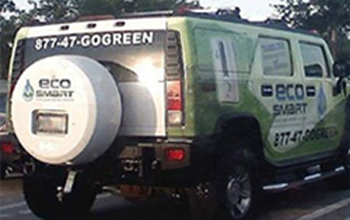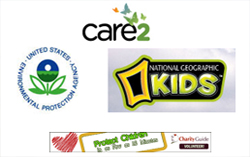 For the volumes of green websites that focus on the environment and green industry, few offer such exemplary experiences as those created for the green education of our children. Those listed in this section represent a few of the best planned and most effective. By design, many offer excellent resources for the parents, with the intended effort to induce a shared experience.
For the volumes of green websites that focus on the environment and green industry, few offer such exemplary experiences as those created for the green education of our children. Those listed in this section represent a few of the best planned and most effective. By design, many offer excellent resources for the parents, with the intended effort to induce a shared experience.
Natural Resources Defense Council (NRDC): NRDC is an environmental action group, and this webpage aggregates a large and comprehensive listing of resources for kids of all ages; categorized links to sites that cover the environment, animals, plants, habitats, oceans, air pollution, global warming, recycling, parks, forests and global activism
Care2: although Care2 is a great site for all ages, this section also presents a very nice collection of websites dedicated to kids
Environmental Kids Club: who better to present the environmental story to kids than the EPA
National Geographic Kids: exactly what we expect from National Geographic
KidsRgreen: Center for Environment Education, this webpage offers effective techniques for teaching the very young group the most basic green fundamentals
Recycle City: a great EPA site for kids to learn the basics of recycling by creating their own Recycle City
Charity Guide: a 501(c)(3) nonprofit organization whose mission is to inspire and facilitate flexible volunteerism with a Volunteering on Demand approach; how you can make a difference in 15 minutes, in a few hours or while on vacation, for a variety of concerns including children’s issues, animal welfare, health and safety, community development, poverty and environmental protection; however, the relevancy here is the information offered in the sections addressing the environmental education of children and consumers; many common sense tips on how consumers can be environmentally responsible and save money; this page is specific to the environmental education of children
Family Education: has Your Child sections for age groups 0-6 yrs, 7-11 yrs, 12-18 yrs
GreenMyParents: GreenMyParents is a revolutionary, nationwide program to help young people teach their peers and parents how to work together to help the economy, earn money at home, and save the planet through simple, everyday actions
Kids F.A.C.E. (Kids For A Green Environment): provides information on environmental issues to children, to encourge and facilitate youth’s involvement with effective environmental action and to recognize those efforts which result in the improvement of nature
Kids for Saving Earth: the mission of Kids for Saving Earth is to educate, inspire, and empower children to protect the Earth’s environment; Kids for Saving Earth provides educational materials, posters, and a highly acclaimed web site featuring environmental education curriculum and activities
Ollie’s World: child-friendly, comprehensive, fun and stimulating website presenting information on all sorts of issues relating to sustainability principles; an interactive sustainability resource site for youngsters covering topics such as recycling, water conservation, biodiversity, green projects and includes a family of characters for the children to relate to on their level
Kids Geo – Geography for Kids: comprehensive educational Kids Know It Network that must be visited; topics covering the earth, astronomy, biology, geology, history, spelling, math and so much more. Includes Miamiopia, a free educational virtual world
DITC Environmental Education Foundation, Inc: resource for education to all, particularly eight to twelve year old children learning about animals, trees, air, water and oceans, recycling and pollution
Biodiversity - Everything Counts: from the American Museum of Natural History, find out how biodiversity affects your everyday life - even if you live in a city
EEK!: an online magazine for grades four to eight created by the Wisconsin Department of Natural Resources, is packed with short articles and activities about animals, plants and environmental issues
eartheasy: eartheasy is a good website for general green living information but also has a nice collection of children’s green websites
Meet the Greens: this site has created an array of high-traffic, compelling, award-winning content for getting kids to think about the world and their place in it; highly interactive, using animation and other visual techniques to keep its readers attention, Meet the Greens is a website for all ages
Energy Kids: U.S. Energy Information Administration site that explains what energy is, what sources provide energy, how we use and can save energy, also has games for the kids
EekoWorld: PBS website teaches kids ages 6 to 9 how they can help take care of the earth; animated characters use games and activities to present facts about ecosystems and pollution; children can build their own “EekoCreature” and help it overcome
Children of the Earth United: geared towards youth and their families and teachers
Rainforest Heroes: The Rainforest Action Network is a site for teachers and families to help explain to the very young the importance of forest stewardship with regards to their ecosystems
Healthy Kids Go Green: good site for parents as well as children, with an interactive blog for interesting topics; also aggregates a collection of green websites for kids
Scholastic Act Green: interesting website for teachers, families and kids
Green (Environmental) Websites for Kids: neat collection sites, including links to the U.S. government and EPA
EPA Student Center: well-conceived EPA site for mid to upper level school age children that begins with environmental basics and includes topics such as ecosystems, air, water, conservation, waste and recycling, human health and climate change. Includes sections for games, videos and quizzes
EPA WaterSense Kids: Great site teaching kids about water, why save water, simple ways to save water, includes game
Cyberspace Safety
Every parent is concerned about the perils their children may be subjected to whenever they interact in cyberspace, whether it involves social networking, chat rooms, blogging or just surfing the web. We encourage parents to supervise their children so that they do not disclose any personal information about themselves in any of our public discussion areas.
Microsoft Online Safety
ConnectSafely
GuardingKids
Cyberbullying
Net Nanny
Facebook’s New Anti-Bullying Tools
Whitehouse Conference for Bullying Prevention
If you discover any broken links, or have sites you recommend be included, please contact us or post here. Thank you.

